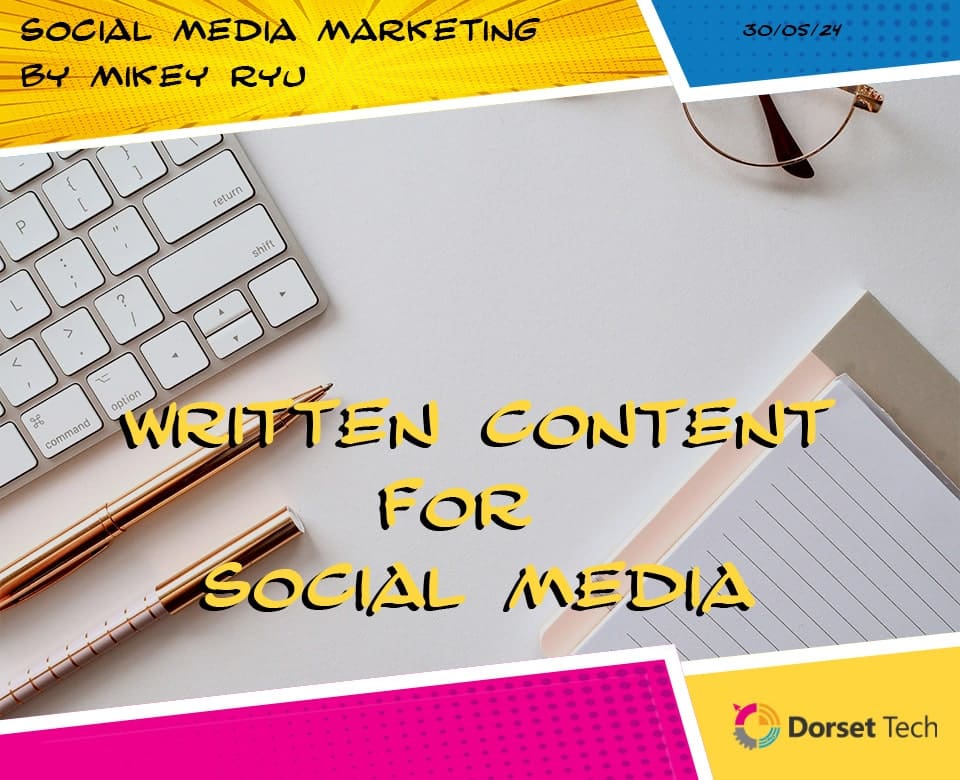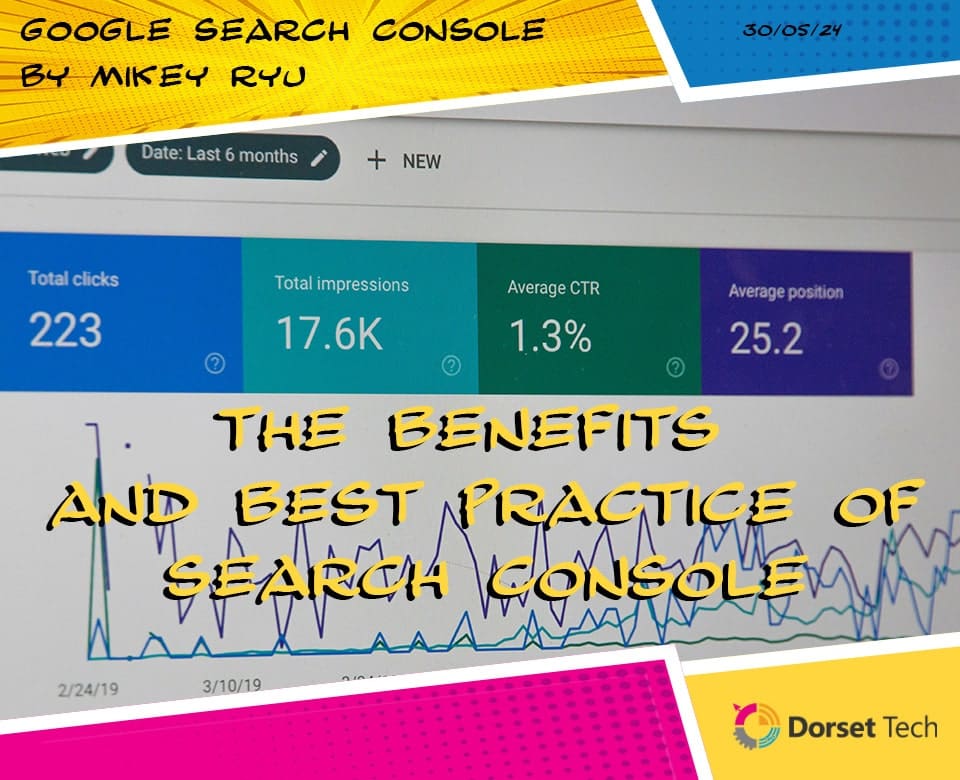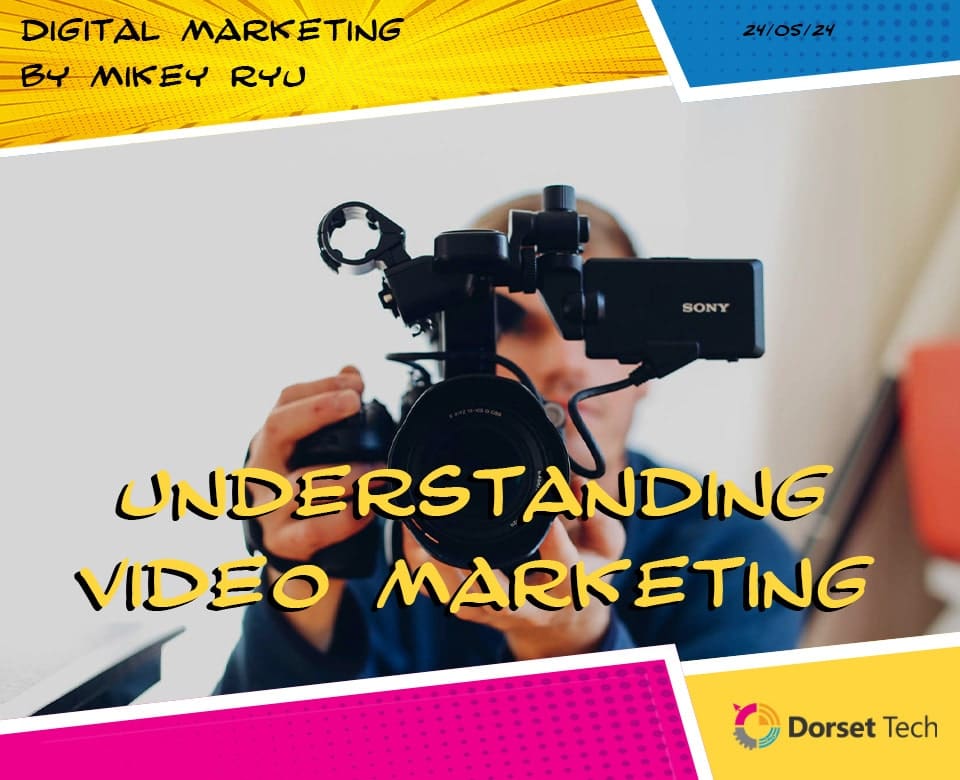
Written Content for Social Media
In the fast-paced world of social media, written content remains a fundamental component of effective communication and engagement. While visual content often grabs attention, well-crafted written content is essential for delivering your message, building relationships, and driving action. In this blog, we will explore the importance of written content in social media, the different types of written content you can use, and best practices for creating compelling written content.
Importance of Written Content In Social Media:
Written content plays a crucial role in social media marketing for several reasons:
Conveys Detailed Information:
While visuals are great for catching attention, written content is necessary for providing detailed information, explanations, and context. It allows you to delve deeper into topics and communicate more complex ideas.
Enhances SEO:
Well-written content that incorporates relevant keywords can improve your search engine rankings, making your social media profiles and content more discoverable.
Drives Engagement:
Engaging captions, compelling stories, and thought-provoking questions can encourage your audience to interact with your posts, leading to higher engagement rates.
Builds Relationships:
Consistent, authentic written communication helps build trust and foster relationships with your audience. It gives your brand a voice and personality that followers can connect with.
Encourages Action:
Clear and persuasive calls to action (CTAs) in your written content can guide your audience to take specific actions, such as visiting your website, signing up for a newsletter, or making a purchase.
Types of Written Content for Social Media:
There are various types of written content that you can use to engage your audience on social media:
Status Updates:
Short and concise posts that share news, updates, or thoughts. These are ideal for platforms like Facebook and LinkedIn.
Captions:
Accompany your images and videos with engaging captions that add context, tell a story, or ask a question. Captions are crucial for platforms like Instagram and TikTok.
Blog Post Summaries:
Share brief summaries of your blog posts with a link to read more. This can drive traffic to your website and provide value to your audience.
Quotes:
Share inspirational, motivational, or informative quotes. Quotes can be original or from influential figures and are great for engagement on platforms like Twitter and Instagram.
Questions and Polls:
Encourage interaction by asking questions or creating polls. This type of content invites your audience to share their opinions and experiences.
How-to Guides and Tips:
Provide useful advice and step-by-step guides. These can be shared as short posts, threads, or even linked to longer articles.
Stories and Anecdotes:
Share personal or brand stories that resonate with your audience. Storytelling can create emotional connections and make your content more memorable.
Announcements:
Use written content to announce new products, services, events, or important updates. Clear and concise announcements can generate excitement and anticipation.
Best Practices for Written Content on Social Media:
To create effective written content for social media, follow these best practices:
Know Your Audience:
Understand who your audience is and what they care about. Tailor your content to their interests, preferences, and needs.
Be Clear and Concise:
Social media users have limited attention spans. Keep your content clear, concise, and to the point. Use simple language and avoid jargon.
Use a Consistent Voice:
Maintain a consistent brand voice and tone across all your posts. This helps build a recognisable and trustworthy brand identity.
Incorporate Visuals:
Pair your written content with relevant visuals to enhance its appeal and effectiveness. Images, videos, and graphics can complement your message and capture attention.
Engage Your Audience:
Encourage interaction by asking questions, prompting discussions, and inviting feedback. Respond to comments and messages to build relationships and foster community.
Include Calls to Action:
Guide your audience on what to do next with clear and compelling CTAs. Whether it’s to click a link, share a post, or leave a comment, CTAs drive engagement and conversions.
Edit and Proofread:
Ensure your content is free from grammatical errors and typos. Well-written and polished content reflects professionalism and credibility.
Monitor and Adapt:
Track the performance of your written content using analytics tools. Understand what works best for your audience and continuously refine your strategy based on these insights.
In conclusion, written content is a vital element of social media marketing. By understanding its importance, utilising various types of written content, and following best practices, you can create engaging and effective posts that resonate with your audience. Embrace the power of words to convey your message, build relationships, and achieve your social media marketing goals























